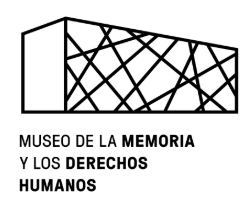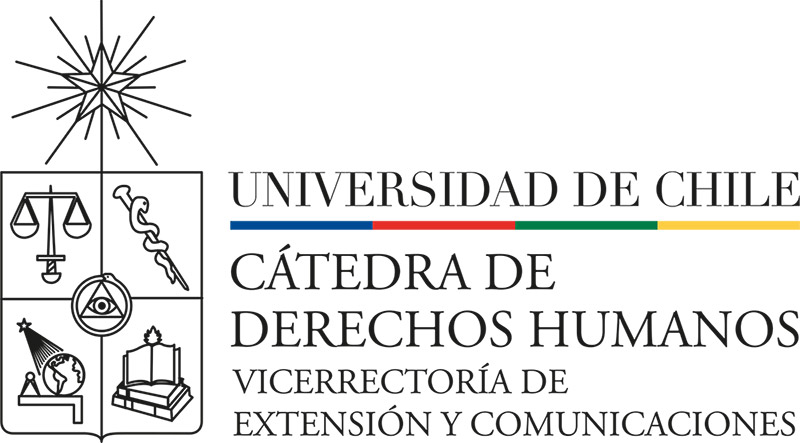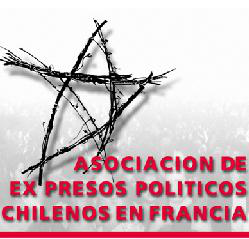 Cantos Cautivos
Cantos Cautivos
181 results where found for «Song of the Disappeared»
The Brief Space Where You Are Absent (El breve espacio en que no estás)
Music piece by:
Pablo Milanés
Testimony by:
Vilma Rojas Toledo
Experience in:
Cárcel de Coronel, 1986 - 1988
Tags:
The Paper Boat (El barco de papel)
Music piece by:
Julio Numhauser, popularised by the band Amerindios
Testimony by:
José Selín Carrasco Vargas
Experience in:
Tags:
Music piece by:
José Luis Armenteros and Pablo Herrero, popularised by Nino Bravo.
Testimony by:
Paicavi Painemal
Experience in:
Comisaría de Carabineros N° 2, Temuco, 22 April 1985
Tags:
Three White Lilies (Tres blancos lirios)
Music piece by:
Unknown composer. This song probably relates to European early-years pedagogy.
Testimony by:
Domingo Lizama
Experience in:
Cárcel de Valdivia / Cárcel de Isla Teja, 9 October 1973
Tags:
May the Omelette Flip Over (Que la tortilla se vuelva)
Music piece by:
Chicho Sánchez Ferlosio. Popularized by Quilapayún
Testimony by:
Claudio Melgarejo
Experience in:
Comisaría de Concepción, November 1973
Tags:
Music piece by:
Nicolás Guillén (lyrics) and Quilapayún (music)
Testimony by:
Domingo Lizama
Experience in:
Cárcel de Valdivia / Cárcel de Isla Teja, 1973 - 1978
Tags:
Music piece by:
Víctor Jara
Testimony by:
anonymous
Experience in:
Cárcel de Valdivia / Cárcel de Isla Teja, September 1973
Tags:
Let’s Break the Morning (Rompamos la mañana)
Music piece by:
René “Popeye” Cárdenas Eugenin
Testimony by:
María Soledad Ruiz Ovando
Experience in:
Campamento de Prisioneros Isla Dawson, 1973 - 1974
Tags:
Music piece by:
Arturo Dávalos
Testimony by:
Luis Cifuentes Seves
Experience in:
Campamento de Prisioneros Chacabuco, January - February 1974
Tags:
You Can Blame Me (Échame a mí la culpa)
Music piece by:
José Ángel Espinoza, aka Ferrusquillo
Testimony by:
Marcia Scantlebury
Experience in:
Campamento de Prisioneros Cuatro Álamos, June 1975
Tags:








